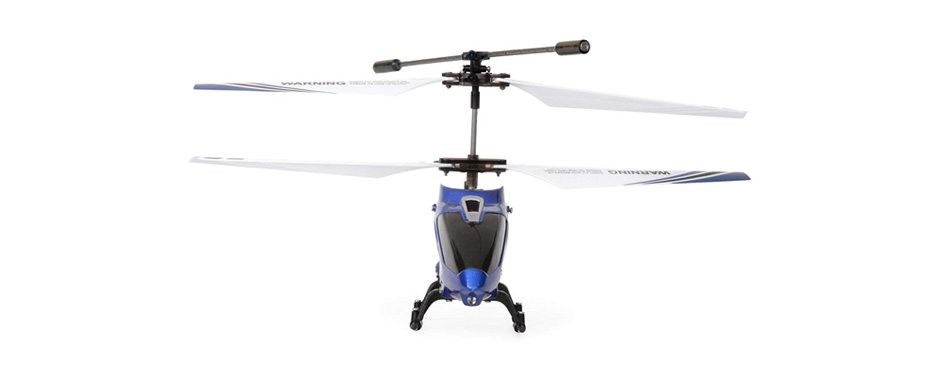

- #Instructions for nebula 3 channel helicopter manual#
- #Instructions for nebula 3 channel helicopter free#
I studied his build before deciding to build mine based on the same frame. This greatly reduced the noise I was getting on the video feed. I added a custom noise filter (large 1000 ufd electrolytic capacitor and a hand-wound toroidal choke) to the 12V power supplied to the video transmitter and runcam.I tried to wire everything to be easy to modify and maintain. The nest of wires you see on some of the photos was me trying to figure out the best way to create wiring harnesses and power distribution for both the 12V and 5V equipment.Currently, I have two accessories: the Quanum Mobius gimbal and a servo controlled dropper. I currently have a rail installed under the video transmitter that I can slide on/off different accessories.That way they are now visible on the ground and in the air. These LEDs were barely visible from the ground, so I added two more LEDs on each channel (the maximum 4 per channel allowed for this particular controller), placed the LEDs under each motor so that the last LED wraps up around the end of the arm. I purchased a MAVLink LED controller from AliExpress which had two LEDs for each of its 6 channels - two LEDs front, two LEDs rear, and two LEDs placed on the sides.It would tilt (roll) sideways as it moved in the horizontal plane.
#Instructions for nebula 3 channel helicopter manual#
The user manual states that the IMU is calibrated at the factory, but mine was not. I used a leveling cube pictured below to ensure all axes were level. I had to remove the IMU board in the Quanum Gimbal and re-calibrate it using the 6 position technique described in the user manual before it would track properly.Very impressed with the Holybro Pixhawk4! Next, I have to wait for a calm wind day to complete the PID tuning (using the autotune feature in ArduCopter). It can climb aggressively and is very stable in a fast drop thru its own prop wash. No vibration issues and it has plenty of lifting power with a ~2lb 6S 8000 mAhr battery.

Modes tested were stability, loiter, alt hold, brake, and Return to Launch. The 14 minute maiden flight was uneventful with everything nice and stable. I'm also using FrSky telemetry pass-thru to send flight data to my transmitter via FlightDeck from Craft & Theory (which is an awesome product). I added custom electronics for controlling the strip LEDs and for remote ON/OFF and mode switching.
#Instructions for nebula 3 channel helicopter free#
Sorry, not much of a build log, but feel free to ask questions and I'll try my best to answer them! I don't have a 3D printer, so my custom parts were made from balsa and hand-cut from plastic. I wanted to build a bigger platform for experimentation and to carry heavier payloads. 48 additional RGB LEDs are controlled by a Atmel ATtiny85 microcontroller with patterns selectable remotely (strobes, marker lights, and other custom patterns). 4 RGB LEDs on each arm respond to MAVLink messages to indicate flight controller status and orietation. A remote video switch selects one of three video sources which is routed to a on-screen display module, then on to the 25mW to 2W AKK FX2-Dominator 5.8 GHz video transmitter. Video features include a fixed Foxeer 16:9 1200TVL Monster V3 and a Quanum 3-axis gimbal for a Mobius HD action cam. Telemetry features include Holybro 900 MHz SiK radio to ground station running Mission Planner and MAVLink telemetry pass-thru to the FrSky SmartPort for display on the Taranis X9D using Craft & Theory FlightDeck software. The flight controller is a Holybro Pixhawk4 running AuduCopter v3.6.8. Daya 680 Carbon Fiber quad frame with T-Motor 380kv motors swinging 14x5.5 carbon fiber props powered by a 6S 8000 mAh ~2lb LiPo (total weight is just under 5 lbs).


 0 kommentar(er)
0 kommentar(er)
